Premium Only Content
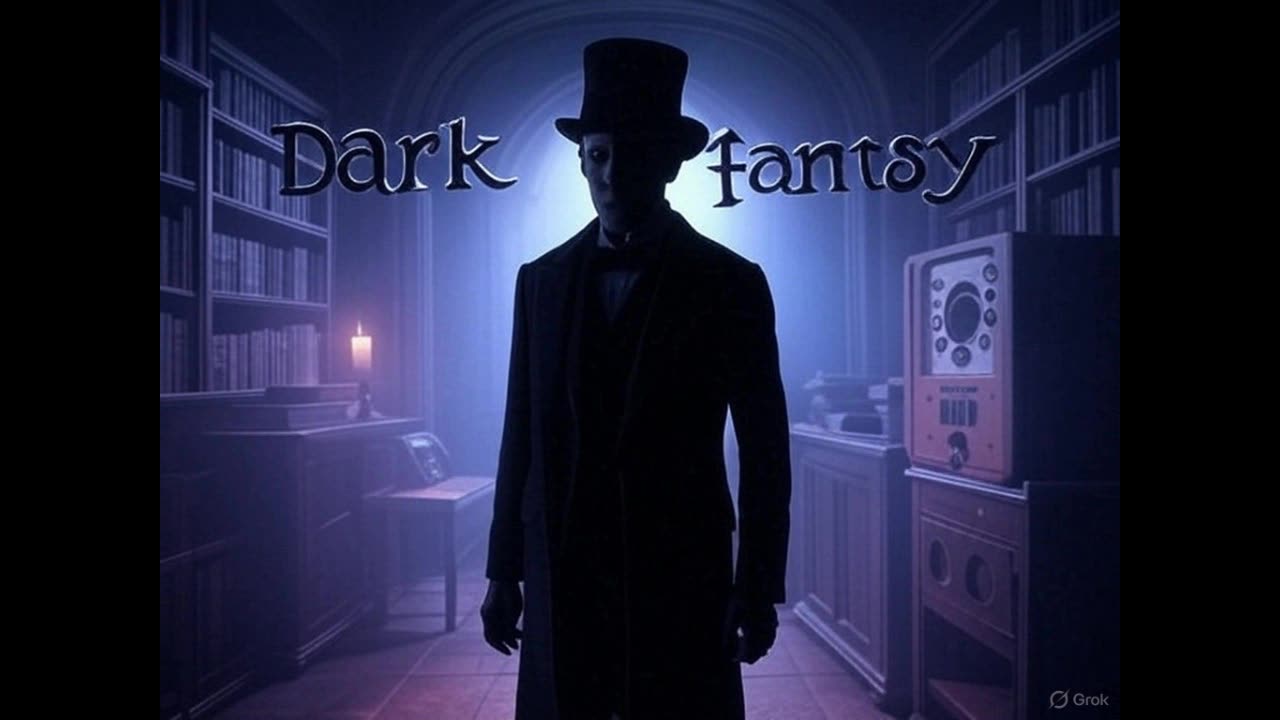
Dark Fantasy: The Edge of the Shadow April 10, 1942
Setting: A contemporary (1942) American setting, likely a small town or urban area, with scenes in a mysterious house, a shadowy forest, or a supernatural realm. The episode uses sound effects like howling winds, creaking doors, ghostly whispers, and ominous footsteps to create a chilling, otherworldly atmosphere, characteristic of Dark Fantasy’s “vividly atmospheric” style.
Plot:
Introduction: The episode opens with the show’s foreboding theme music and announcer Tom Paxton (or possibly Keith Payton) introducing Dark Fantasy as a series of “tales of the weird and supernatural.” The narrator sets the stage for a story about a character standing at the “edge of the shadow,” hinting at a confrontation with the unknown, possibly a literal or metaphorical boundary between reality and a dark, supernatural force.
The Premise: The story likely centers on a protagonist—perhaps an ordinary person, a curious investigator, or a reluctant hero—who encounters a mysterious phenomenon tied to a “shadow” that represents death, a curse, or a malevolent entity. The shadow could be a supernatural force emanating from a haunted location, a cursed object, or a person with occult powers. Bishop’s scripts often blend folklore and horror, so the narrative might involve a ghostly apparition, a demonic presence, or a psychological descent into fear, inspired by influences like H.P. Lovecraft or Edgar Allan Poe.
Escalating Horror: As the protagonist explores the mystery, they are drawn closer to the “edge” of the shadow, experiencing unsettling events—strange noises, visions, or encounters with ghostly figures. The narrative might feature a pivotal scene where the protagonist crosses a threshold, entering a shadowy realm where reality distorts, with sound effects like echoing voices or a heartbeat amplifying the terror. The shadow’s influence could threaten the protagonist’s sanity or life, with stakes involving a loved one, a community, or their own soul.
Climax and Resolution: The climax likely involves a desperate struggle against the shadow’s power, with the protagonist confronting its source—perhaps a malevolent spirit, a cursed artifact, or their own fears. Bishop’s stories often end with a twist or ambiguous resolution, so the protagonist might defeat the shadow at great cost, escape its grasp only to find it lingering, or succumb to its darkness. The episode concludes with the narrator reflecting on the thin veil between the known and unknown, leaving listeners with “goose pimples” as Bishop intended.
Themes: The boundary between reality and the supernatural, the terror of the unknown, and the human struggle against malevolent forces. The episode reflects Dark Fantasy’s signature mix of horror, science fiction, and folklore, designed to spark listeners’ imaginations.
Cast and Roles:
Protagonist: Played by an unnamed actor, likely Ben Morris or Fred Wayne, portraying a relatable yet doomed character facing the shadow’s terror. The performance would emphasize fear and determination, with vocal shifts to convey supernatural influence, typical of Dark Fantasy’s intense acting style.
Supporting Characters: An ensemble of unnamed actors, possibly including Eleanor Naylor Caughron, Garland Moss, or Murillo Scofield, playing roles such as:
Antagonist/Shadow Entity: A menacing figure or voice, perhaps a ghostly presence or occult practitioner, with an eerie, commanding tone.
Family/Friends: Characters urging the protagonist to avoid the shadow or falling victim to its power, adding emotional stakes.
Minor Roles: Townsfolk, a skeptical detective, or a mystic offering cryptic warnings, voiced by the ensemble doubling up.
Narrator/Announcer: Likely Tom Paxton (or Keith Payton, as sources vary), delivering the opening and closing remarks with a somber, suspenseful tone, framing the story’s eerie mood.
Note on Cast: Dark Fantasy relied on a talented in-house cast from WKY, with actors like Ben Morris and Eleanor Naylor Caughron noted for their versatility across radio dramas. Specific roles for “The Edge of the Shadow” are unlisted, as the series rarely credited individual performances, but the ensemble’s skill ensured a gripping delivery.
Production Details:
Music: Foreboding orchestral or organ music, likely composed by WKY’s in-house musicians, opens and closes the episode, with eerie stings accentuating suspenseful moments. The score enhances the supernatural mood, similar to Lights Out!’s atmospheric style.
Writer: Scott Bishop (George M. Hamaker), known for merging supernatural horror with science fiction and folklore, crafting a story inspired by classic horror authors like Poe or Lovecraft.
Director: Not explicitly credited, but likely overseen by WKY’s production team, ensuring the episode’s tight 30-minute pacing and immersive sound design.
Sound Effects: Critical to the episode, including howling winds, creaking doors, ghostly whispers, footsteps, or distorted echoes, creating a vivid supernatural realm. The “shadow” might be represented by low, rumbling sounds or a heartbeat, amplifying its menace.
Sponsor: None, as Dark Fantasy was typically unsponsored, airing late Friday nights (often 11:30 PM) on NBC stations, supported by the network and WKY’s commitment to innovative programming.
World and National Events Around April 10, 1942:
To provide context for the broadcast, here are key world and national events occurring in early April 1942, reflecting the wartime climate that shaped listeners’ perspectives:
World Events:
World War II – Pacific Theater: The Bataan Death March began on April 9, 1942, following the surrender of U.S. and Filipino forces to Japan on the Bataan Peninsula, Philippines. Approximately 75,000 prisoners endured brutal conditions, with thousands dying, a tragedy widely reported in U.S. media, fueling anti-Japanese sentiment and wartime resolve.
Doolittle Raid Preparations: In early April, the U.S. was finalizing plans for the Doolittle Raid (executed April 18), a daring bombing mission on Tokyo led by Lt. Col. James Doolittle. The secretive preparations boosted military morale, though not yet public, reflecting America’s shift to offensive strategies after Pearl Harbor.
European Theater: Nazi Germany’s occupation of Europe intensified, with the Holocaust escalating. In April, deportations of Jews to death camps like Auschwitz increased, though details were not yet fully known in the U.S. Allied bombing raids on German cities, like the April 8–9 raid on Hamburg, were reported, signaling growing resistance to Hitler.
Japanese Advances: Japan continued its Pacific expansion, capturing Singapore (February) and parts of Burma by April, threatening Allied supply lines to China. U.S. radio news emphasized the need for unity against Axis powers, influencing the somber mood of listeners.
National Events:
War Mobilization: The U.S. was fully engaged in World War II, with rationing of gas, sugar, and rubber in effect by April. The War Production Board prioritized military manufacturing, converting auto plants to produce tanks and planes, a shift covered in radio broadcasts urging civilian sacrifice.
Japanese American Incarceration: Executive Order 9066, signed in February, led to the forced relocation of Japanese Americans to internment camps. By April, thousands were being moved to camps like Manzanar, a controversial policy debated in the press and on radio, reflecting wartime fears and prejudice.
Entertainment and Morale: Hollywood and radio played key roles in boosting morale. On April 6, The Fleet’s In, a patriotic musical film, was popular, while radio shows like The Bob Hope Show mixed humor with war bond appeals. Dark Fantasy’s horror offered escapism from war anxieties, appealing to listeners seeking thrills.
Sports and Culture: The 1942 Masters Tournament (April 9–13) saw Byron Nelson win, providing a brief distraction. Bing Crosby’s “White Christmas,” recorded in May but rising in popularity, became a wartime anthem, reflecting nostalgia amid uncertainty.
Cultural Context: “The Edge of the Shadow” aired during a period of intense national anxiety, with World War II dominating daily life. The episode’s supernatural horror provided a cathartic escape, allowing listeners to confront abstract fears in a safe, imaginative space, as Scott Bishop noted: “Give the listener enough material to let his imagination go to work, and he’ll supply his own goose pimples.” The wax museum setting of the preceding Shadow episode, “Murders in Wax,” and Dark Fantasy’s eerie tone shared a cultural fascination with the macabre, amplified by wartime uncertainties. Minnesota listeners, tuning in via NBC affiliates, would have found the episode’s themes of confronting darkness resonant, reflecting both personal and global struggles against unseen threats.
-
 2:12:49
2:12:49
Side Scrollers Podcast
5 hours agoTrans Surgeries For Kids CRIMINALIZED + Harassed Target Employee Speaks Out + More | Side Scrollers
69.8K16 -
 1:01:16
1:01:16
Timcast
4 hours agoTrump TROLLS Legacy Media, Announces WARRIOR DIVIDEND, Venezuela Fake Out
178K77 -
 1:04:30
1:04:30
Sean Unpaved
3 hours agoSeahawks Looking For REVENGE Against Rams! | UNPAVED
26.3K1 -
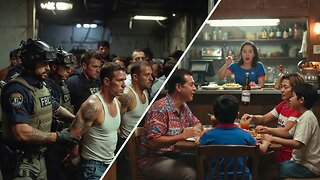 46:32
46:32
The Amber May Show
6 hours ago $2.56 earnedLaw & Disorder: FBI Shakeups, Arrest Waves, and a Culture That’s Gone Off the Rails
26.4K2 -
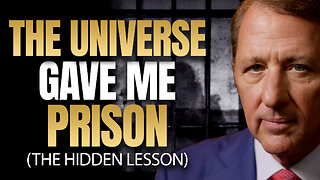 12:52
12:52
The Kevin Trudeau Show Limitless
1 day agoBeyond Good And Bad: The Hidden Reality Code
20.2K11 -
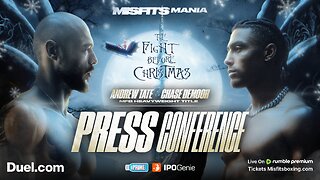 1:25:01
1:25:01
Misfits Mania
1 day ago $12.11 earnedMISFITS MANIA: Press Conference
45.3K10 -
 1:31:26
1:31:26
Graham Allen
5 hours agoLive From AMFEST 2025: Day 1
66.5K14 -
 1:56:43
1:56:43
Steven Crowder
8 hours agoLWC Christmas Special 2025 | Giving Back with Santa Crowder
286K174 -
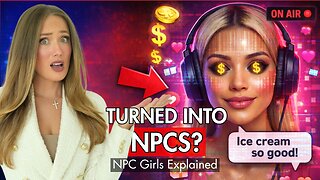 14:33
14:33
Robbi On The Record
6 hours ago $4.40 earnedNPC Girls & The Digital Dehumanization of Women
53.5K13 -
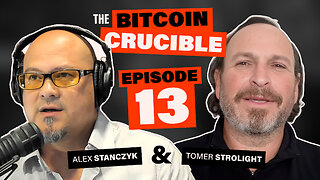 53:25
53:25
Simply Bitcoin
1 day ago $2.93 earnedThe Bitcoin Crucible w/ Alex Stanczyk & Tomer Strolight - Episode 13
50.1K1